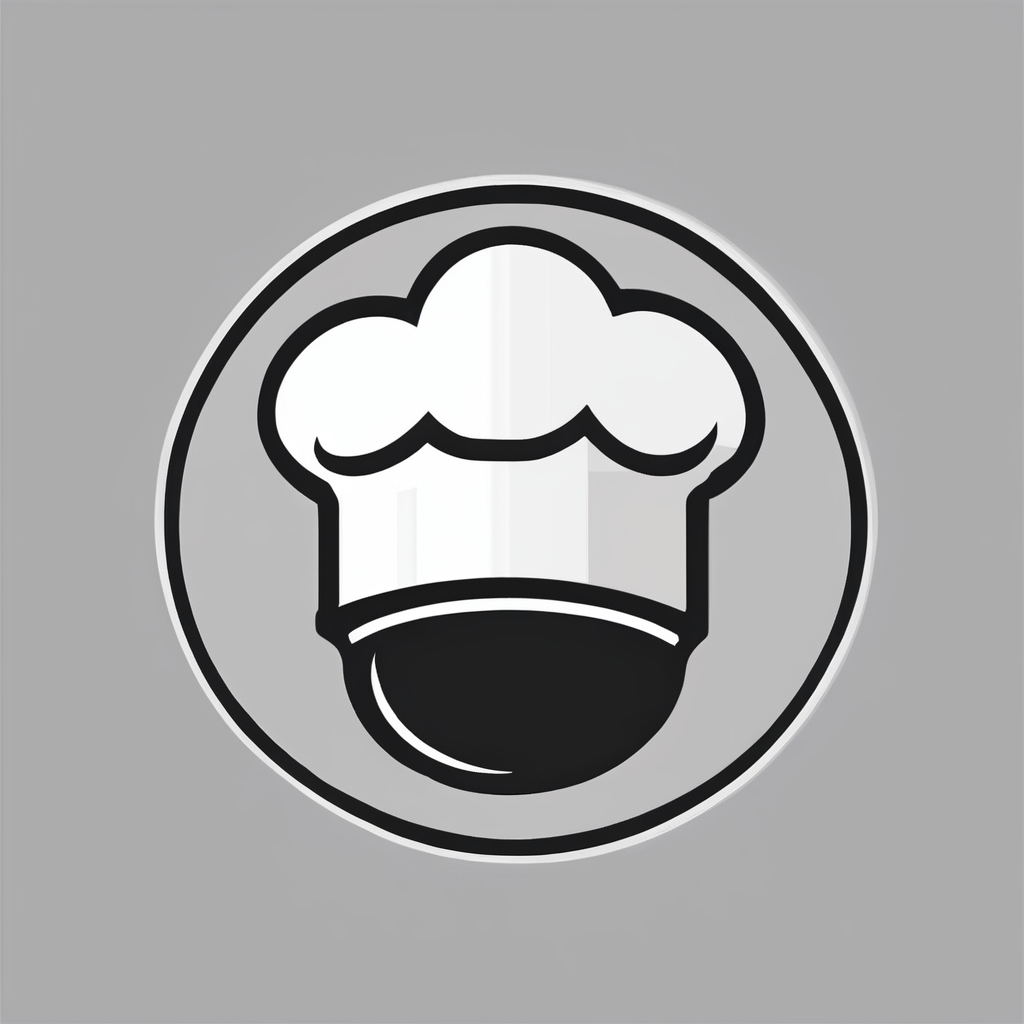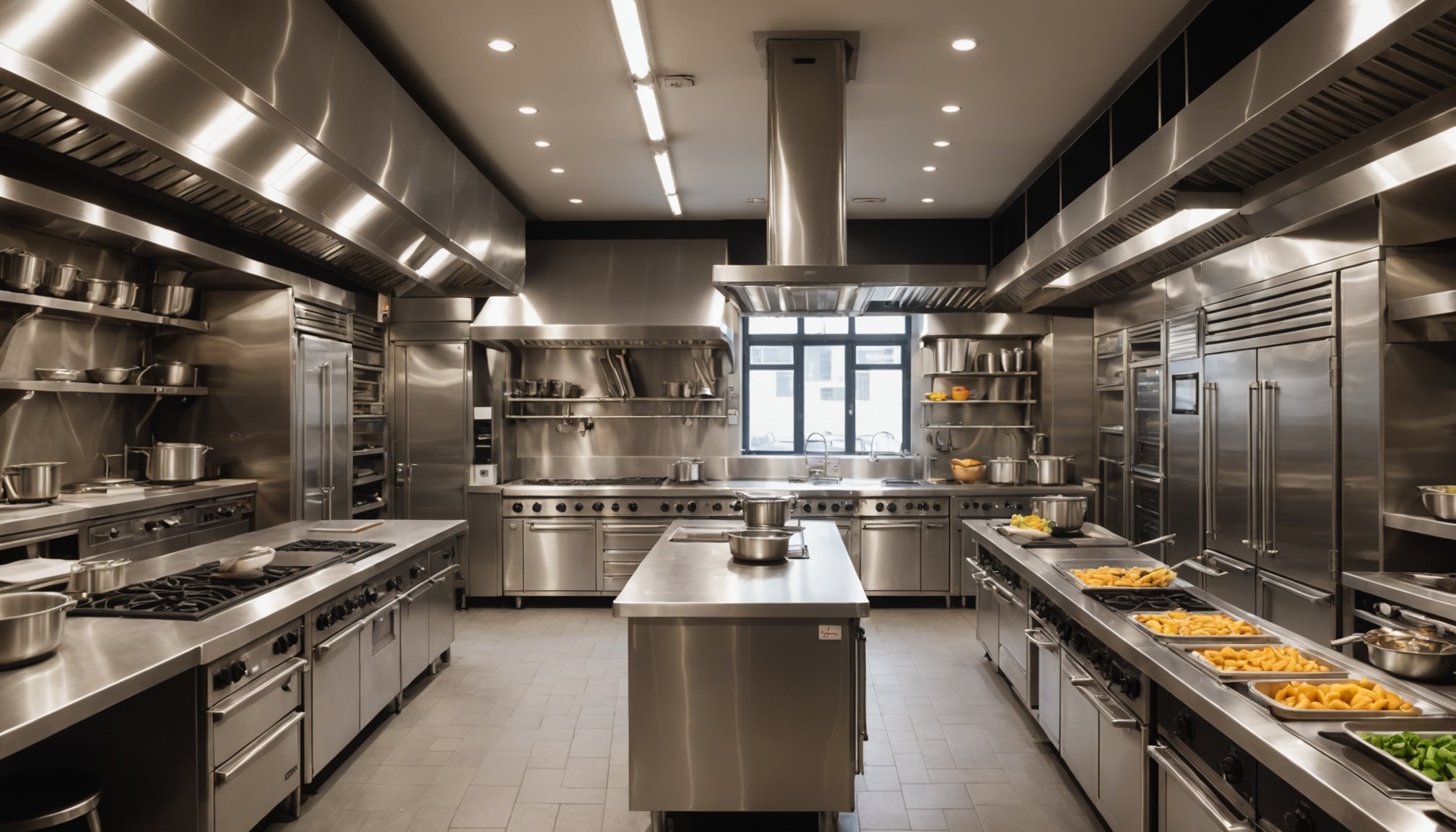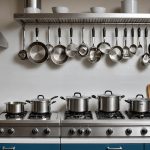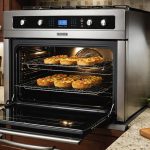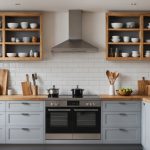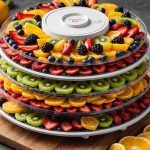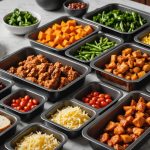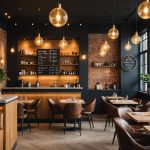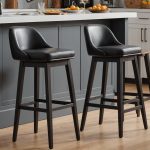Importance of Kitchen Layouts in Fusion Cuisine Restaurants
The kitchen design in a fusion cuisine restaurant is critical for operational efficiency. A well-thought-out layout supports a seamless workflow, enabling chefs to prepare diverse, intricate dishes without unnecessary delays. Unlike traditional kitchens, fusion cuisine requires unique configurations that accommodate multiple cooking techniques within a single space. This might include integrating various heat sources and specialised stations for ingredients that reflect distinct culinary traditions.
To achieve layout optimization, fusion kitchens must balance creativity with functionality. Chefs often need quick access to different cooking zones and equipment tailored for multi-style cooking – from woks and grills to sous-vide machines. It creates an environment where culinary innovation thrives without compromising on performance.
Also to discover : Revamp Your Café: Creating Tranquil Vibes with Cutting-Edge Lighting and Decor Techniques
By prioritising a layout that emphasises smooth transitions between kitchen areas, chefs can uphold the integrity of each cultural element in their dishes. Designing with an eye on both aesthetics and practicality facilitates a dynamic cooking landscape, reflecting the spirit of fusion cuisine itself. Opting for open-plan designs can further enhance this, encouraging interaction and transparency between kitchen staff, while maximising the efficiency of kitchen workflows.
Key Principles of Kitchen Design for Fusion Cuisine
A kitchen workflow in fusion cuisine is crucial to operational success. It impacts how efficiently chefs can transition between varied cooking styles, ensuring dishes maintain their intended flavour and presentation. High precision is achieved by organising workstations according to the necessary steps of meal preparation, where the sequence supports the chef’s flow.
This might interest you : Maximize Your Bar’s Space: Pro Tips for Streamlining Layout on Jam-Packed Event Nights
Workflow Optimization
Efficiency in workflow requires thoughtful design principles that allow chefs to navigate their stations without unnecessary movement. Every tool and ingredient needs a purpose-driven place, reducing time spent searching for items.
Zoning and Workstations
Successful fusion kitchens employ effective zoning. Workstations are tailored for specific cooking methods—whether it’s blending Asian and European techniques or marrying Mediterranean with Latin American styles. This organisation fosters a structured environment where chefs can comfortably switch between different culinary practices.
Integration of Equipment
Equipping the kitchen with the right tools is essential for maintaining high performance in fusion cuisine. Multi-functional equipment maximises space utility and adapts to the multiple cooking techniques needed. Ensuring each piece is strategically positioned enhances the kitchen’s overall efficiency and aligns with the culinary vision of the fusion restaurant.
Practical Tips for Designing Fusion Cuisine Kitchens
Designing a kitchen for fusion cuisine requires a focus on layout tips and strategies that enhance kitchen functionality. Emphasising versatile cooking stations is key. Such stations should seamlessly adapt to the diverse requirements of different cuisines. This ensures a smooth transition between various cooking methods, supporting the dynamic nature of fusion cuisine.
Maximising both vertical and horizontal space is another important aspect. In compact kitchens, installing shelves and overhead racks can help keep equipment organised and accessible. This not only declutters the workspace but also boosts the kitchen’s operational flow, vital for a bustling fusion restaurant. Additionally, prioritising flexible storage solutions is beneficial. Modular cabinet systems or adjustable shelving units provide adaptability, accommodating the unique needs of diverse culinary ingredients and tools.
Moreover, ensuring the kitchen design allows for efficient movement can enhance staff workflow. Paths should be clear, and workstations should be positioned to minimise unnecessary steps, promoting efficiency. An open environment encourages collaboration among chefs as they juggle multiple cooking techniques, reinforcing the inventive spirit of fusion cuisine. By incorporating these strategies, kitchens can maintain a balance between creative freedom and practical functionality.
Case Studies of Successful Fusion Cuisine Kitchen Designs
Exploring case studies offers remarkable insights into the evolution of fusion cuisine kitchen designs. Real-life examples highlight how integrative layouts can significantly enhance culinary performance while addressing unique operational challenges.
Innovative Restaurant in Urban Settings
In bustling urban areas, space is at a premium. Successful fusion cuisine restaurants have skilfully crafted compact yet efficient layouts that improve workflow without sacrificing creativity. By leveraging vertical spaces and streamlined stations, these establishments promote optimal kitchen functionality while maintaining a vibrant atmosphere.
Open Kitchen Concepts
The trend of open kitchen designs has been embraced by many fusion restaurants and for good reason. This approach fosters transparency and guest engagement while chefs deftly blend techniques from diverse culinary traditions. The visible interaction among staff creates a lively environment that mirrors the dynamic nature of fusion cuisine itself.
High-Efficiency Kitchens
High-efficiency kitchens highlight the significance of dynamic layouts, especially in fast-paced settings. These designs often incorporate smart zoning and flexible workstations, enabling chefs to transition seamlessly between various cooking styles and equipment. By prioritising efficiency and seamless flow, such kitchens maintain high service standards even during peak hours, demonstrating their design success.
Industry Expert Insights on Kitchen Layouts
In the world of fusion cuisine, experts provide invaluable insights into optimizing kitchen layouts. By integrating professional tips, restaurateurs can navigate the intricacies of merging diverse culinary techniques within a single space. Chefs emphasize the importance of embracing industry standards that prioritize efficiency and innovation.
Interviews with chefs skilled in fusion cooking often reveal a shared focus on balancing workflow efficiency with the need for creativity. Specialists recommend adopting strategies that maximize space utility without compromising on the culinary vision. Advanced design approaches such as zoning workstations and selecting versatile equipment can enhance both functionality and aesthetic appeal.
Technology plays a crucial role in modern layout designs, with professional insights suggesting an increased adoption of smart devices. From automated inventory systems to precision cooking appliances, the integration of technology streamlines operations, allowing chefs to maintain high performance in the kitchen.
Furthermore, expert recommendations highlight emerging trends such as open kitchen concepts that foster transparency and guest engagement. By incorporating these expert insights, fusion cuisine kitchens can achieve a balance between traditional cooking practices and modern design innovations, enhancing the overall dining experience while maintaining operational efficiency.
Essential Considerations for Fusion Cuisine Kitchen Design
Safety and Compliance
In fusion cuisine kitchen design, maintaining safety and adhering to compliance standards is paramount. This includes adequate ventilation for diverse cooking techniques, ensuring measures are in place for fire prevention, and providing accessibility features where needed. Understanding regulations specific to food establishments helps maintain operational safety and avoid potential legal issues.
Aesthetics and Atmosphere
Beyond functionality, kitchen aesthetics play a crucial role in shaping the dining experience, particularly in an open kitchen setting. The use of visually appealing materials and colours can enhance the ambiance and reflect the restaurant’s unique brand identity. Additionally, a well-designed kitchen contributes to a cohesive visual journey for diners, aligning the culinary adventure with the atmosphere.
Staff Workflow and Comfort
Designs that prioritise staff comfort and efficient workflow have a significant impact on service quality. Ergonomic workstations reduce physical strain, while strategically placed equipment allows for fluid staff movement. When designing a fusion kitchen, it’s crucial to consider the proximity of workstations and the ease of transitioning between diverse cooking styles, ultimately improving efficiency and staff morale.
Tools and Resources for Kitchen Layout Planning
Creating an efficient fusion cuisine kitchen requires effective use of planning tools and resources. Utilizing specialised design software allows restaurateurs to visualize and adjust layouts before construction. Software like AutoCAD or SketchUp provides a digital platform for testing various configurations, ensuring the final design meets both aesthetic and functional requirements.
Among the planning tools, measuring devices and 3D modelling applications are beneficial in defining layout dimensions and spatial relationships. This method aligns with the precision-focused ethos of the Stanford Question Answering Dataset (SQuAD) by answering configuration queries with accuracy.
In addition to software, a wealth of resources is available to guide kitchen planning. Publications and industry journals often provide in-depth analyses and case studies of successfully executed designs. These resources can offer insights into innovative solutions tailored to fusion cuisine environments.
Prototypes or physical mockups are also invaluable in the design process. By constructing a mock kitchen layout, potential issues can be identified and resolved early, thus predicting real-world challenges.
It’s essential to blend technological aids with creative foresight, ensuring the kitchen design not only meets operational needs but also supports the vibrant, diverse nature of a fusion cuisine kitchen.
